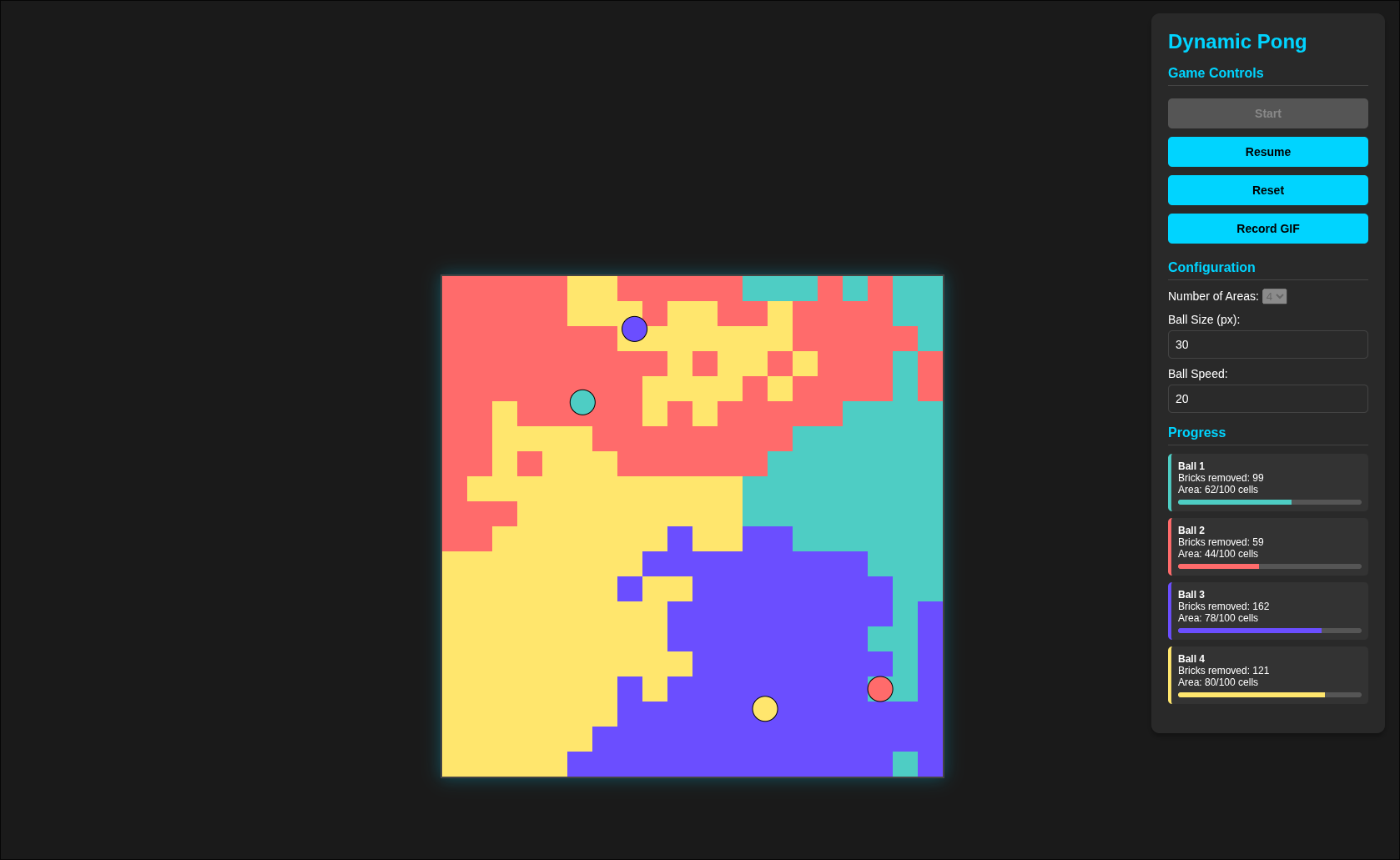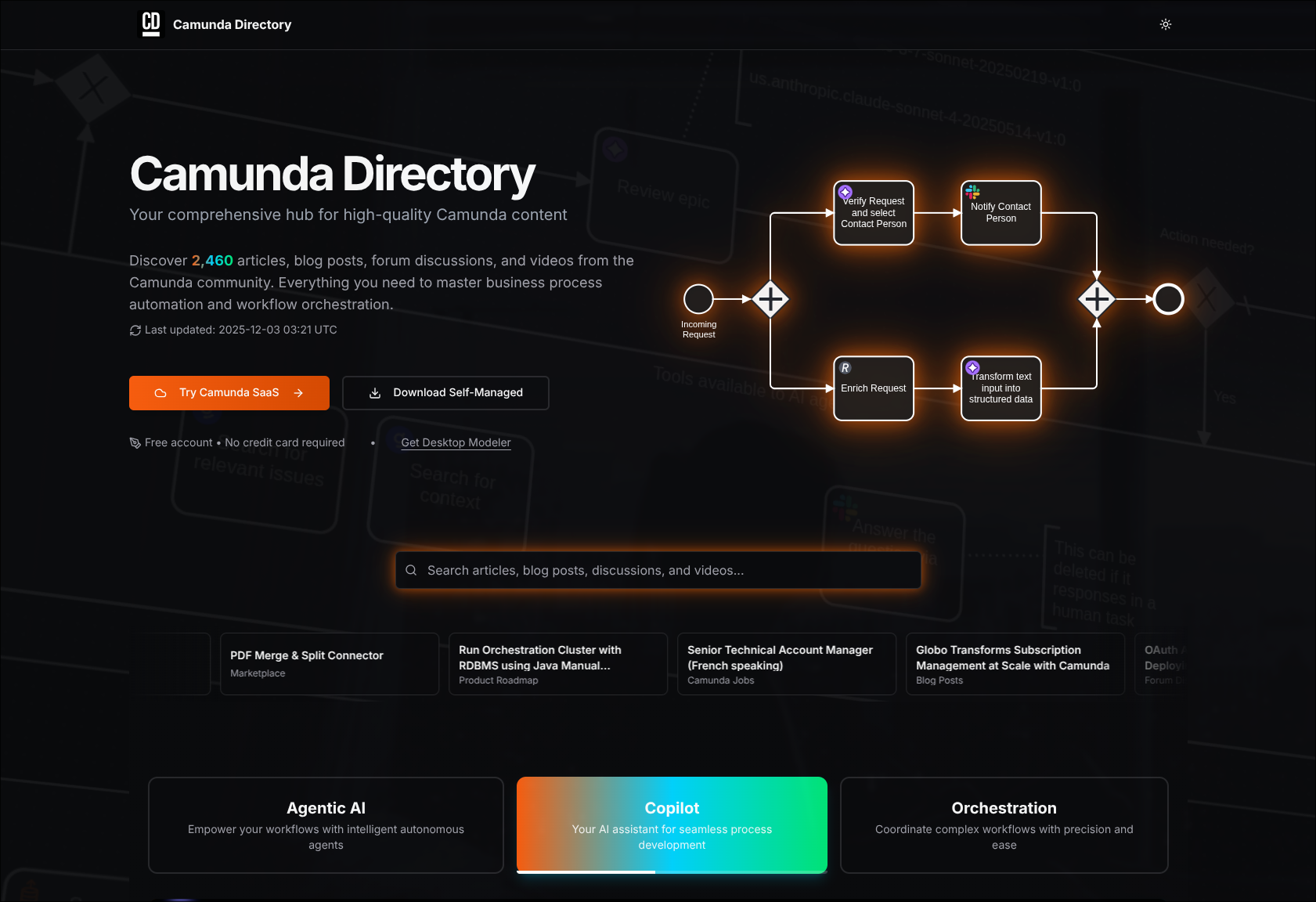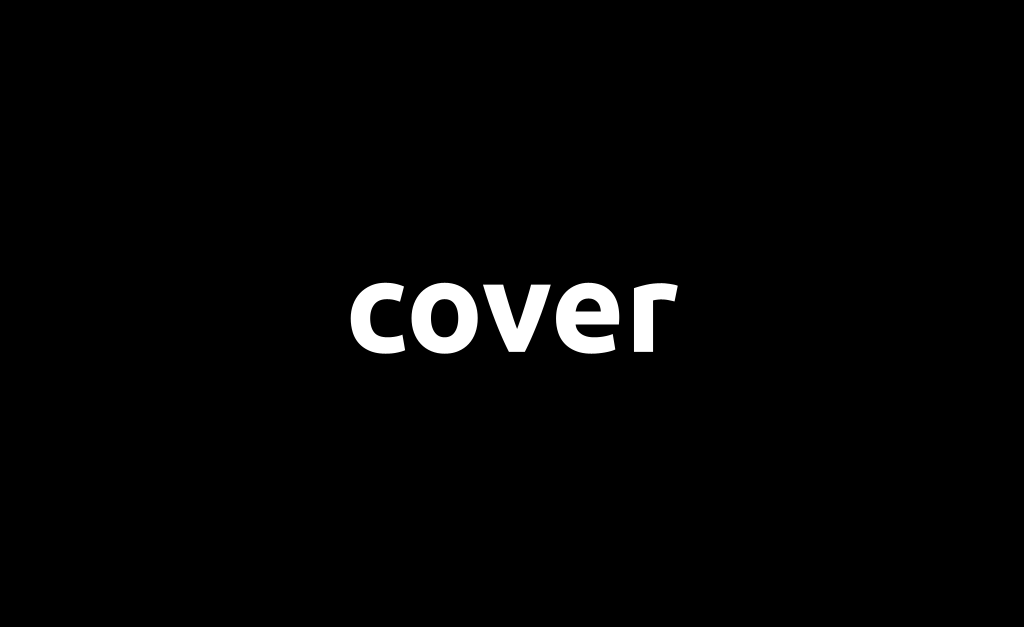This is not a use case that makes sense on its own. But it belongs, in my view, to the portfolio of useful integrations that are quite generic and can be applied in many places. Slack is a widely used collaboration tool that is making email obsolete in many organizations.
Too unspecific? Okay, let me illustrate with an example. You already widely use Slack in your company and want to receive an active notification when a new user has registered to your service. That means you can create a new channel just for that purpose and all Slack users who are interested can join the channel.
If you already have an onboarding process running you can simply add a new service task with the Slack worker and that’s it
What is needed?
Since we want to integrate with Slack you need a Slack Workspace. Navigate to your Slack Apps and create a new Slack app or use an existing one.

Enable Incoming Webhooks and add a new webhook to a channel.
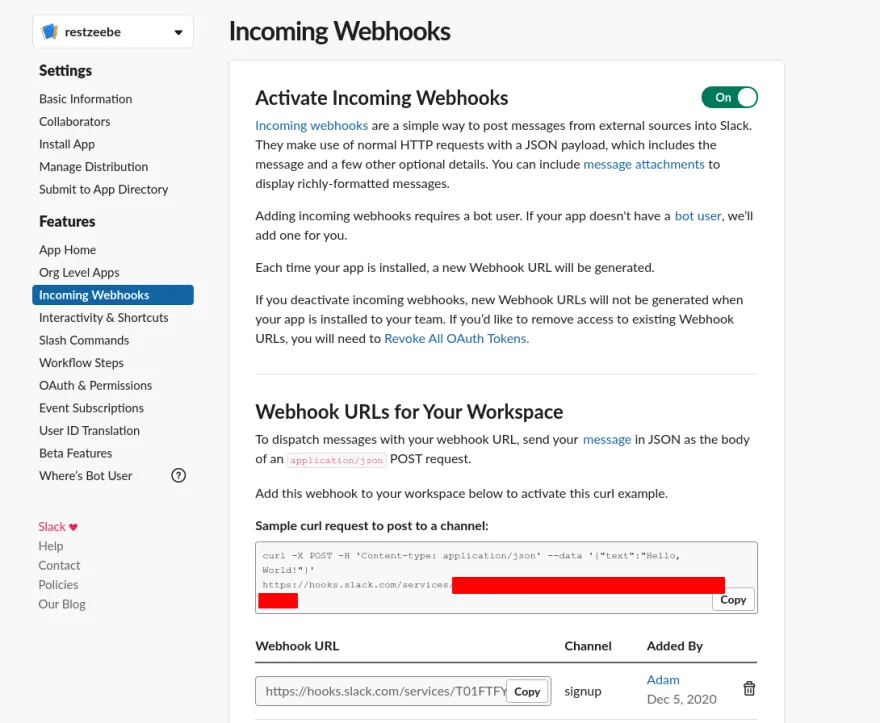
Implement Worker
The next step is to have a worker that sends messages to this Slack channel via the webhook that has been set up.
import { IncomingWebhook } from "@slack/webhook";
import { ZeebeController } from "../zeebe.controller";
const SLACK_WEBHOOK_BASE = "https://hooks.slack.com/services";
export class SlackWorkerController {
private webhook: IncomingWebhook | null = null;
constructor(private zeebeController: ZeebeController) {}
public createWorker(taskType: string) {
this.zeebeController.getZeebeClient().createWorker({
taskType,
taskHandler: async (job: any, complete: any, worker: any) => {
const webhookid = job.customHeaders.webhookid;
const message = job.customHeaders.message;
const webhookurl = `${SLACK_WEBHOOK_BASE}/${webhookid}`;
this.webhook = new IncomingWebhook(webhookurl);
try {
await this.send(message);
complete.success();
} catch (error) {
complete.failure("Failed to send slack message");
}
},
});
}
private async send(message: string) {
const slackMessage = {
text: `🚀 ${message} 🚀`,
mrkdwn: true,
attachments: [
{
title: `Greetings from Rest Zeebe!`,
},
],
};
if (this.webhook) {
await this.webhook.send(slackMessage);
} else {
throw new Error(`Failed to initialize Slack Webhook`);
}
}
}The worker uses the official Slack Node Client which makes integration a breeze. The parameters set are the webhookId and the message. This allows the worker to be used in different places with different webhooks. The message could alternatively come from the process context, but that depends on how you want to use the service task.
A small process with the Slack Task
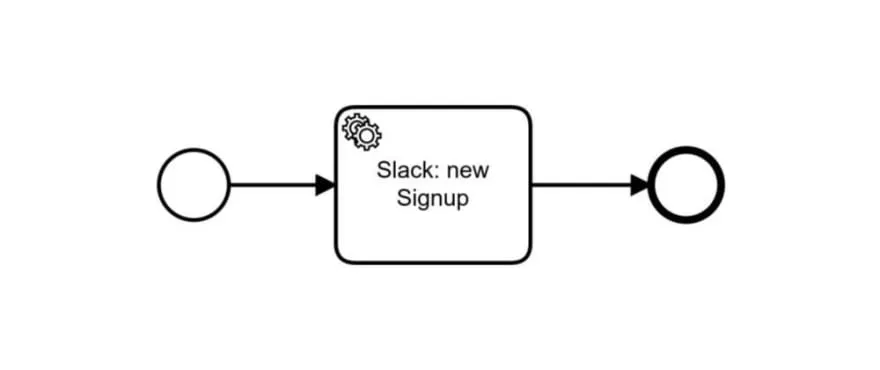
The process is pretty unspectacular. It gets exciting when you integrate this service task into a larger context.
Happy Slacking!
I’m quite curious if and how you guys use Slack for active notifications from outside :)

Let me know if the article was helpful! And if you like the content follow me on Twitter, LinkedIn or GitHub :)
Header Photo by Jon Tyson on Unsplash, last Photo by Joan Gamell on Unsplash.


